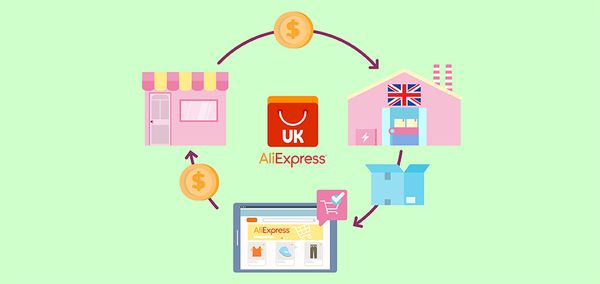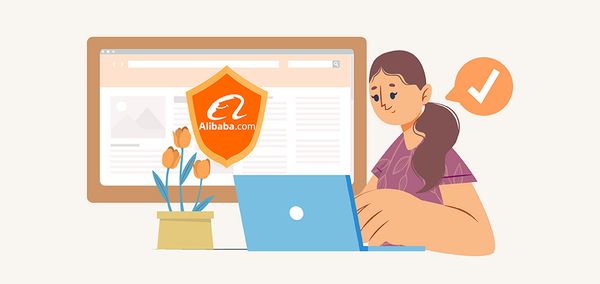How to Price Your Print on Demand Product: What You Need to Know about Pricing before You Launch

Price is one of the integral deciding factors that customers consider while making a purchase. When you are positioning your product in a new market, the best and most used marketing strategy “the marketing mix” is often used for launching the product.
Factors to Consider While Pricing Your Print-on-Demand Product (Using the 5 Ps’ of the Marketing Mix)
The 5 Ps’ in the marketing mix stand for Product, Price, Place, People and Promotion and thus, you must make an informed decision about the price to ensure that your launch is a success.
According to a recent survey, Print-on-demand is a growing market and has been seeing higher adaptability due to which the market will observe a CAGR of 26.1% from 2022 to 2030 (Source). The reason for such significant growth is that people are looking out for custom and exclusive products in the market and are also willing to pay a premium for exclusive merchandise.
But, how can you determine whether you have priced your product that justifies the quality and yet provides optimum value for money to the customers to make it affordable? Well, there are many different factors that you have to consider while determining the price of a custom print-on-demand product.
| Get Started Now to Grow Your Online Business with the Best AliExpress Dropshipping Tool - DSers! |
While each market is different and so are the target customers, the 5 Ps of the marketing mix are the points that you keep in mind while determining the price and we have listed the factors as a part of this 5 Ps to give you a checklist to follow.
1. Product
The print-on-demand market is segmented into print-on-demand software and print-on-demand service. The platforms that provide drop-shipping services or end-to-end fulfillment of products are segmented under the service category.
The online design-making tools or platforms providing APIs and integrated software solutions are the second segment. This segment has seen high adaptability by business merchants as it provides seamless and cost-efficient print-on-demand services.
In this model, the customers integrate an online design tool with the existing e-commerce or their online platform and sell custom products using web-to-print solutions also commonly known as online product design tools.
If you are a business employing print-on-demand service, the best way to price your product is to determine the average price in the competition and your target market first. It is essential to price the product that provides you with a good profit margin and is also around the average price from the competitors.
The price equation: the price of the product + service cost + an average profit margin to keep the price in alignment with the market average.
For the print-on-demand software market, determining the price of the product consists of many different aspects that a business must consider:
- Design cost: integration cost or designer cost
- Platform commission: For businesses using APIs of design platforms
- E-commerce fees: the fee that online marketplaces such as WooCommerce, Shopify and others charge for each sale.
- Cost of the basic product
- Shipping and delivery costs
- The price equation: Design cost + product cost + platform cost + profit margin= optimum price of your product
2. Pricing
There are many different styles that a platform can use to determine the price of the product at a given time and market.
For instance, different platforms charge a premium for certain customizations and customization capabilities and provide some for free.
One other pricing method that platforms use for all types of print-on-demand is the custom price for the customizations chosen. For each customization that a customer chooses on the product, the price changes in real-time and thus, each product can be priced based on the unique customizations chosen by the customers.
3. Place
Each target market has different adaptability of a certain product and thus, they can be charged differently based on the competition, market demand and other such factors of the target market.
This way of pricing is called the price discrimination strategy where sellers charge different prices for the same products in different markets. There are 3 types of price discrimination named first-degree discrimination, second-degree discrimination and third-degree discrimination. The first degree is based on charging the maximum price (rarely employed), the second degree is based on the quantity purchased (widely used) and the third is based on the group of customers (seasonal employment).
To explain this simply, here is an example of how a print-on-demand platform can use price discrimination:
If you are selling a t-shirt that could be printed on demand, here is how you can use the price discrimination strategy:
- First-degree discrimination: Platforms can charge a premium or a higher price for topics or movies that are trending currently. For instance, customers in Argentina will be willing to pay a higher price for a custom t-shirt currently that would be based on Lionel Messi or other such Football based t-shirts after their world cup win.
- Second-degree discrimination: Print-on-demand can be used to print and ship minimum quantities but, there is always a way to charge a customer more or less based on the number of t-shirts bought by the customers. If a sports club is willing to place a bulk order of their sports jerseys, you can give them a discount on bulk purchases and the same can be priced at a premium if the quantity of uniforms is less.
- Third-degree discrimination: Print-on-demand can be employed for both B2B and B2C business models. For the retail market, you can use a pricing policy where you provide discounts for a group of customers such as senior citizens, students, women and other such categories to attract new categories of customers. In B2B you can provide group discounts to corporate accounts as they might have higher demands.
4. People
There are various segments of customers that print-on-demand businesses. There are loyal and repeat customers, there are frequent buyers and there are also new customers. Some customers are of different age groups.
The pricing of print-on-demand products can be based on who is buying your product. For instance, many businesses provide first-purchase discounts to prompt new customers to buy the product and some businesses provide price promotions for the next purchases or repeat sales.
5. Promotion
When you are launching the product in the new market, the marketing costs would be higher when you enter the market to create a strong presence. Also, there are different seasonal times when you have to determine the price based on the occasion.
Right from festive sales to online promotions such as black Friday sales and others, there are many different occasions when you would have to change your price. The price must be evaluated based on the demand, group of customers and the season that a business is targeting.
Final Words
For print-on-demand products, the price of the product can fluctuate or change based on any of the above-mentioned factors or the P of the mix mentioned above. Thus, it is essential that businesses often evaluate their price and change it based on the time, market, occasion, promotion or the place where they are marketing.













 Company
Company
 Why Choose DSers
Why Choose DSers
 Blog
Blog
 Help Center
Help Center




 Live Chat
Live Chat